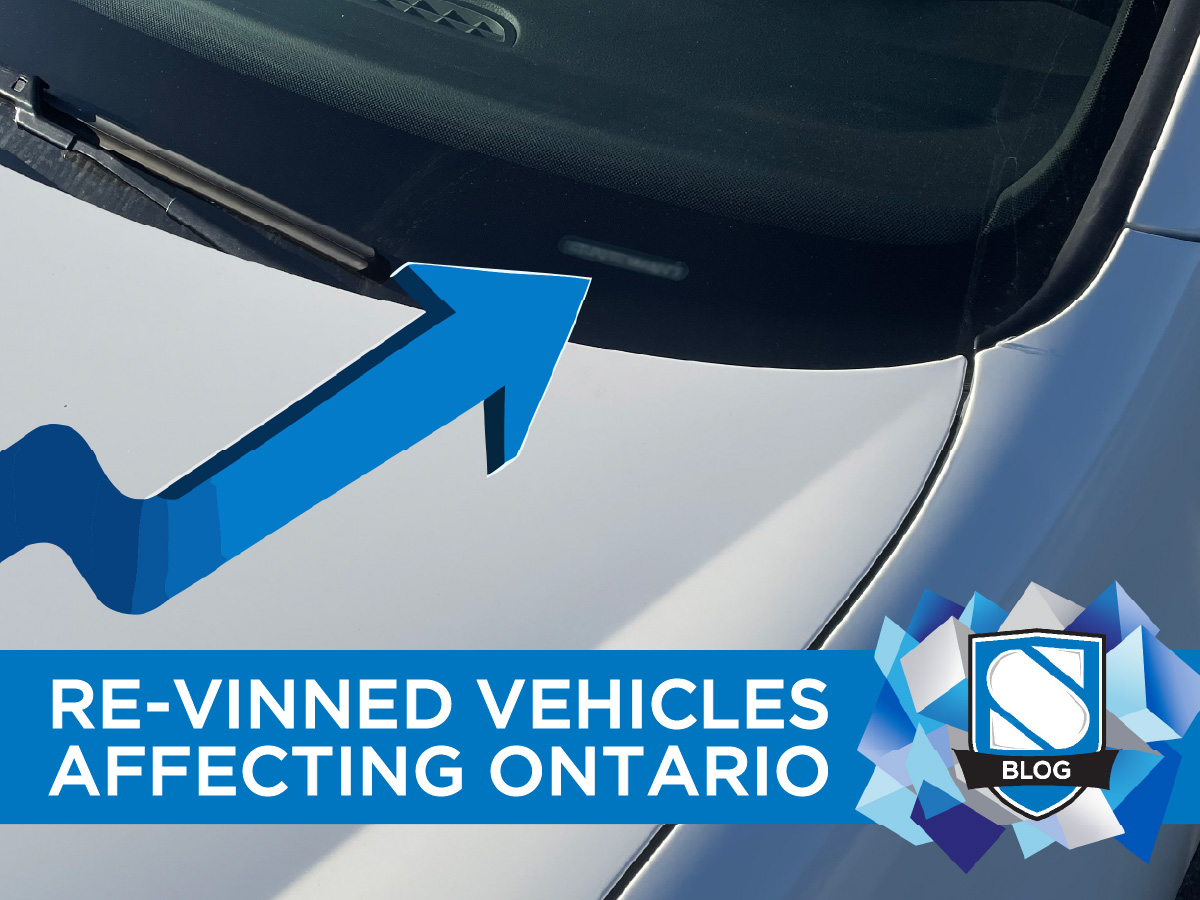Winter lingers on in Ontario, with we could still be shoveling snow deep into March. While this kind of long, protracted winter is no fun for anyone, it’s absolutely murder on your vehicle.
You might have come into this winter with your vehicle in good shape, but it’s been nasty for months now. Day after day, your vehicle is subjected to freezing temperatures, brutal winds, and corrosive salt build-up. As we all try and get through these last few gray weeks, it’s a good idea to take a look at your vehicle and make sure it will be there for you when spring finally rolls around.
Keep it clean
Snow storms and gray skies mean limited visibility and decreased response times. It’s important to not only give yourself the best viewing conditions possible during these situations, but to stay visible to other drivers as well. The best way to do this is to keep your vehicle clean!
When your scraping the ice off your windows in the morning, be thorough. Clean every window pane completely and don’t leave any blind spots. Take the extra second to knock any ice off your wipers that might interfere with them and diminish their performance. If you find your wipers are constantly having trouble clearing some areas of your windshield or leave large smear marks, replace them with a fresh set.
Clear any ice, snow, or slush off the head and taillights to make sure they are as bright and visible as possible. Consider getting a car wash if the opportunity presents itself on a mild day. Washing off all that accumulated salt, slush, and muck off your vehicle will help make it stand out and will also help preserve the paint, undercarriage, and lines of your vehicle.
Fill it up
During the winter months, don’t leave anything to chance. Be sure to keep topped up on all of your vehicle’s essential fluids.
A little highway driving on a messy day will easily deplete your reservoir of windshield fluid. You don’t want to be stuck doing 100kph with a big messy smear on your windshield you can’t do anything about. so fill up the tank and consider keeping a spare bottle in the trunk.
Similarly, gas is also something to pay extra attention to. There is never a “good time” to run out of gas, but it’s safe to say that the “worst time” is during the winter. Sadly, with the added fuel consumption of running the heat, trudging through snowy or slippery roads, and fighting against the cold, it is also the most likely time for it to happen. Keep your tank above half to avoid any problems (this has the added bonus of discouraging condensation building in the tank and fuel line blockages).
Keep an eye on your tire pressure as well. The cold has an adverse effect on tire pressure, so just because you checked them a month or two ago doesn’t mean they are the same today. Keeping your tires fully inflated will improve the mileage and ride of your vehicle.
Check your battery
The cold has a nasty effect on batteries, so you’ll want to be sure yours is up to the task. Depending on the type of battery you have, this may be easier or more difficult to check. If you have a “maintenance free” battery, it should have a small window on it that shows the charge state. If not, you can still get your battery tested at a mechanic shop, a parts store, or even some service stations.
If your battery is low, you can get an extra charge at almost any shop. If it is getting older though and seems weak, it may be more wise to replace it entirely. The cost of a new battery is usually reasonable and far preferable to the costs of a tow and the frustration of getting stuck out in the cold somewhere. At the very least, consider carrying a set of jumper cables in your trunk in case you ever wind up in a desperate situation.
Look towards next year
As we trudge through the last months of winter, consider how your vehicle will hold up for next year. If your winter tires feel like they’re just barely cutting it now, it might be a good time to start looking for sales on tires. Lot’s of places are keen to clear out the last of their winter stock and a savvy shopper can snag a much better deal in March than in November.
Take a good look at your vehicle and see what you should consider repairing or replacing before next year. If there is anything that isn’t too crucial now, but you suspect will be a problem if you try to take it through another winter, consider starting an extra savings account now for it. Putting aside a few dollars in the waning days of winter and early spring is a lot easier than trying to pay for repairs while also balancing all the other costs of the next fresh winter season (new snow boots, home repairs, the holidays, etc).














0 Comments